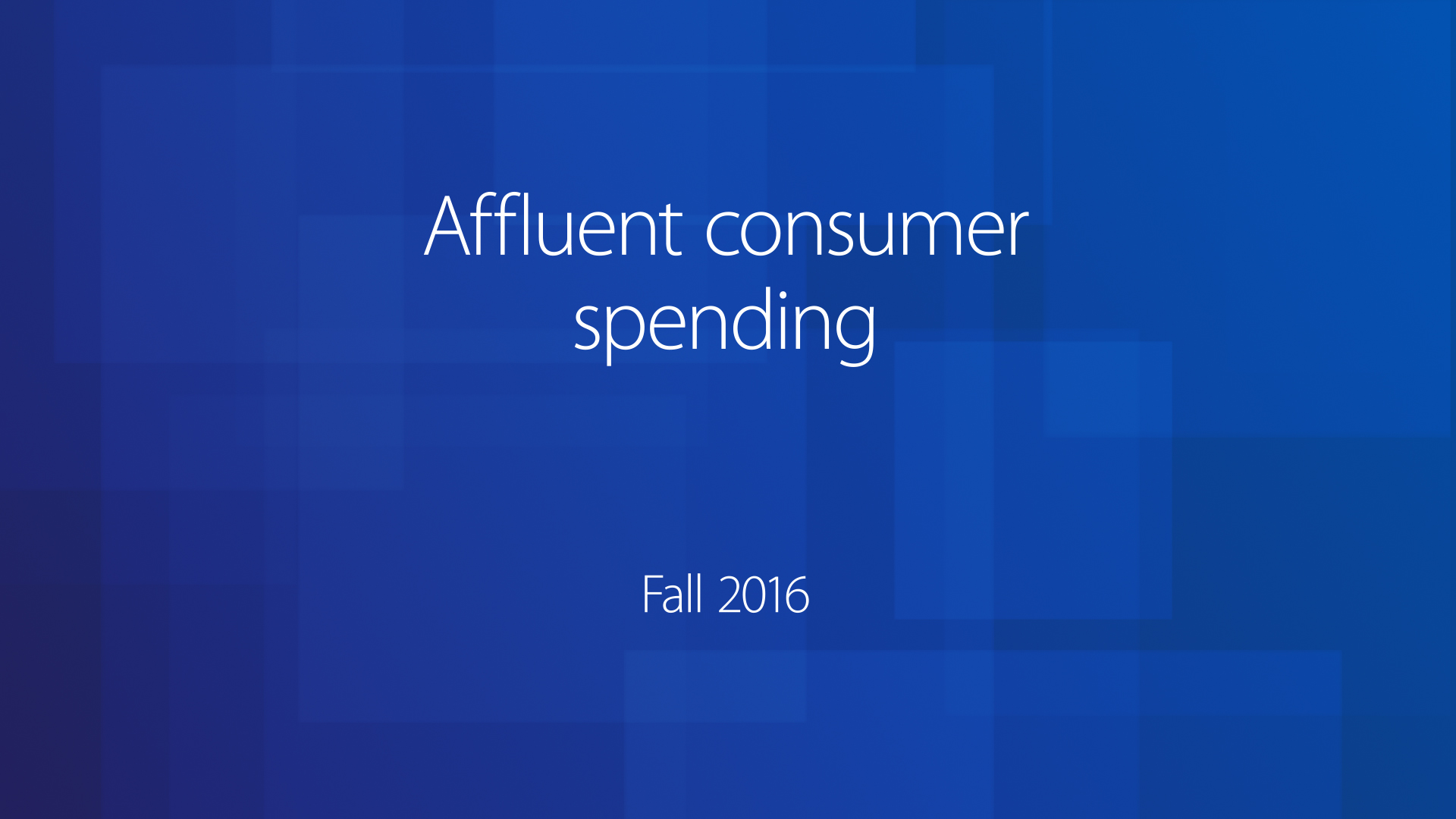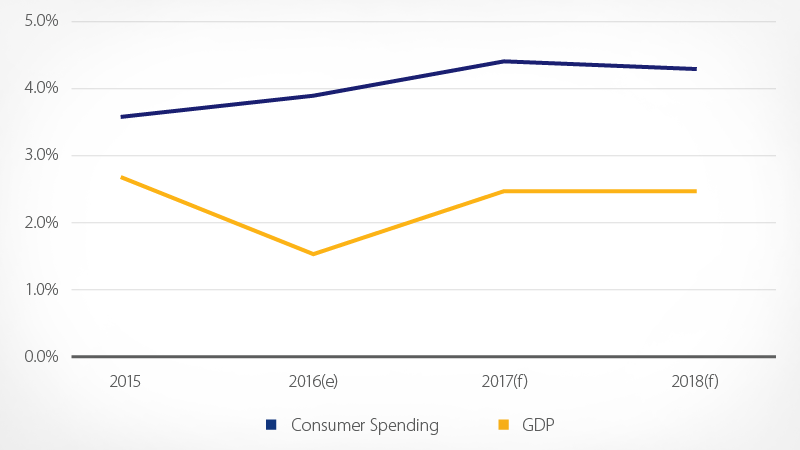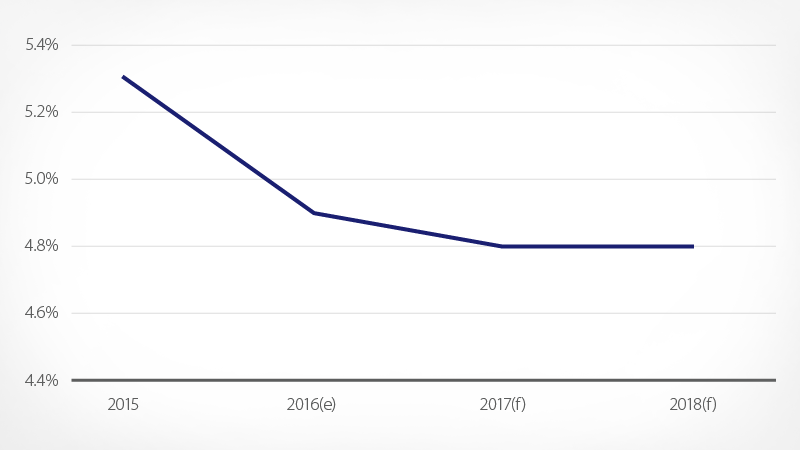October 21, 2016 - More than seven years since the Great Recession, the U.S. economy continues to expand. Weak gross domestic product (GDP) figures do not tell the whole story and mask the strength of the consumer. According to IHS Markit, real GDP is expected to rise just 1.4 percent in 2016. This stems from a pullback in business investment—especially in energy—and government spending.
GDP should accelerate to 2.2 percent in 2017 as these factors dissipate. Consumer spending* remains the engine of the economy and is on track to expand 3.8 percent in 2016 and 4.3 percent in 2017. A larger share of spending is expected to be on services and nondurable goods—a change from recent years when consumers spent more on durable goods (such as cars) that they had delayed replacing during the recession.
Factors that impact spending
Solid macroeconomic factors are supporting consumers and their ability to spend. Robust job gains—averaging 178,000 per month in the first nine months of 2016—have driven the unemployment rate down to 5.0 percent. The recent increase in wages is even more encouraging—rising at a 3.0 percent annual pace, which should nudge workers who have been sitting on the sidelines to rejoin the labor force. This will help to bring the economy to full employment. Such improvements are lifting household incomes and bolstering consumer confidence.
Key Indicators
Data shown represent yearly averages



